Detailed instructions for building a better woolly bugger. This is part of a series of Tim Flagler's collaboration with Fly Tyer Magazine. Check out his article about the fly in the Spring 2019 issue of Fly Tyer Magazine or on their website: https://www.flytyer.com/build-a-better-bugger/
Subscribe to all our videos: https://www.youtube.com/user/tightlinevideo
Follow us on Facebook: https://www.facebook.com/Tightline-Productions-313234707736/
Visit our website: https://www.tightlinevideo.com
#flyfishing #flytyermag #flytying
- Log in to post comments

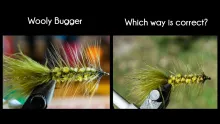
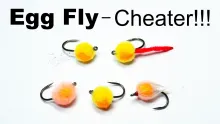
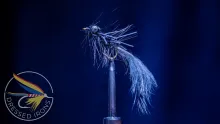
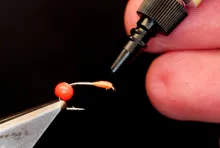
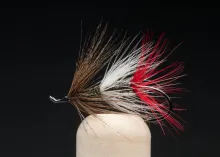
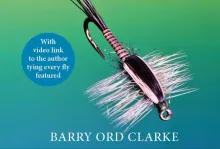

Wire Rib
I tie my buggers very similar to this but prefer to add a wire rib. The wire is tied in just before the chenille is tied in. Then after Palmering the hackle back, use the wire to tie down the hackle and then continue spiral wrapping it all the way up to the bead. This method thus makes it unnecessary to wrap the thread back over the chenille prior to wrapping the hackle. Also, the wire is a little more robust at holding down the hackle versus having exposed thread wraps doing it.